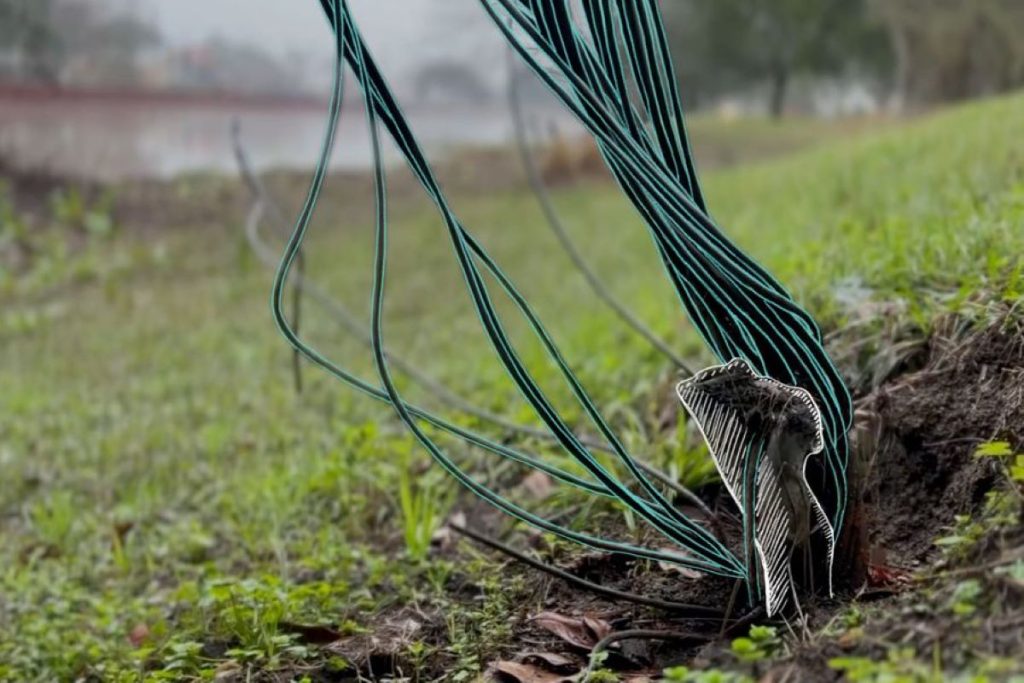According to a detailed Wall Street Journal report, old telephone cables spread toxic lead in soil and water across the U.S. The investigation found thousands of lead-covered cables left by major telecom companies.
These cables have been polluting the environment for decades, posing a hidden threat to communities nationwide. Also, these companies were aware of the dangers of toxic cables but didn’t address the potential health risks.
Researchers testing hundreds of sites nationwide found lead contamination near playgrounds, schools, and major waterways. A sample from Lake Tahoe showed levels 2,533 times the EPA limit for drinking water, posing a significant danger to swimmers, wildlife, and nearby communities.
ALSO READ: ‘Stop Contaminating Our Water’: Wisconsin City Takes Makers of ‘Forever Chemicals’ to Court
In 2021, AT&T settled a lawsuit involving 8 miles of degrading phone cable leaching lead into a lake split between California and Nevada. As part of the settlement, the company agreed to remove the cable, but it hasn’t yet.
Identified as a toxin by the World Health Organization, lead accumulates in the body, causing harm even with small amounts of exposure. It mainly damages the brain, liver, kidneys, and bones.
Infants and children are especially vulnerable to lead poisoning. It impairs brain and nervous system development, leading to issues ranging from behavioral disorders to learning difficulties.
POLL — Is Climate Change a Major Threat That Requires Immediate Policy Action?
Despite decades of work to eliminate lead from homes and water lines, lead-coated phone cables remain mostly unaddressed. Jack Caravanos, an NYU environmental public health professor, explained, “We never knew about it, so we never acted on it, unlike lead in paint and pipes.”
Following the report, telecom giants like AT&T and Verizon responded with little action. Internal AT&T messages contradicted public statements. The company acknowledged the potential danger for workers exposed to lead cables but hesitated to remove deteriorating phone lines.
ALSO READ: The Mysterious Metal Spheres Scientists Just “Pulled Up”
However, USTelecom told The Cool Down that it believes the cables are safe. The organization pointed to EPA testing sites, indicating no immediate health risk.
Following the report, environmental groups urge the government to investigate the potential danger if these cables are not removed. The group said, “The leftover cables highlight the urgent need for safer ways to eliminate old technology. Companies must be held accountable for risking the health of our communities.
Although the EPA stated that its testing differs from the WSJ report’s findings, the national agency has established a working group to examine ways to guarantee public safety regarding this issue.
You Might Also Like:
Massachusetts Files Civil Rights Lawsuit Against Neo-Nazi Group Causing Social Unrest
The Supreme Court is Upholding Washington State’s Ban on ‘Conversion Therapy’ for LGBTQ+ Minors
Coffee Shop Staff Fired for Denying Bathroom Access to Jewish Customer in California
Union Leader Under Fire for Late Opening of Schools Post-COVID
